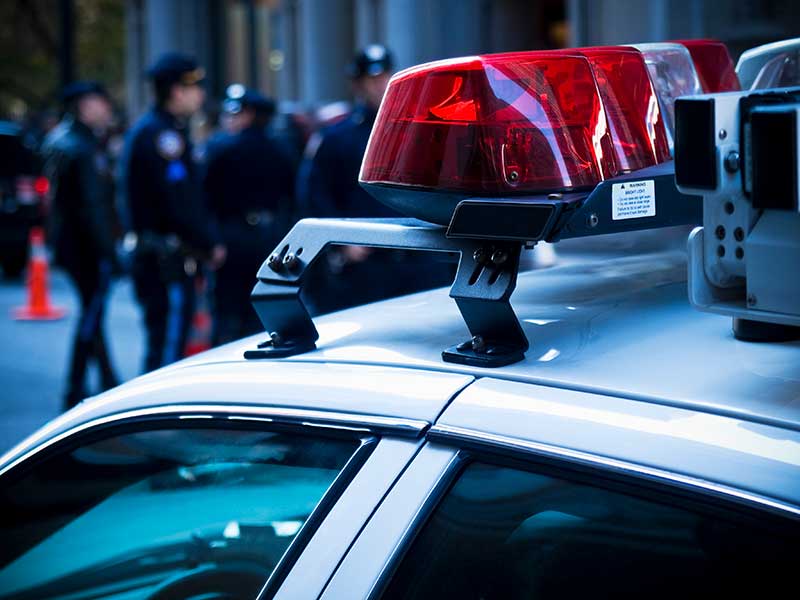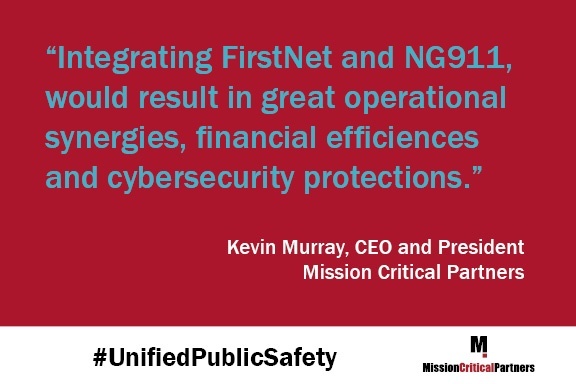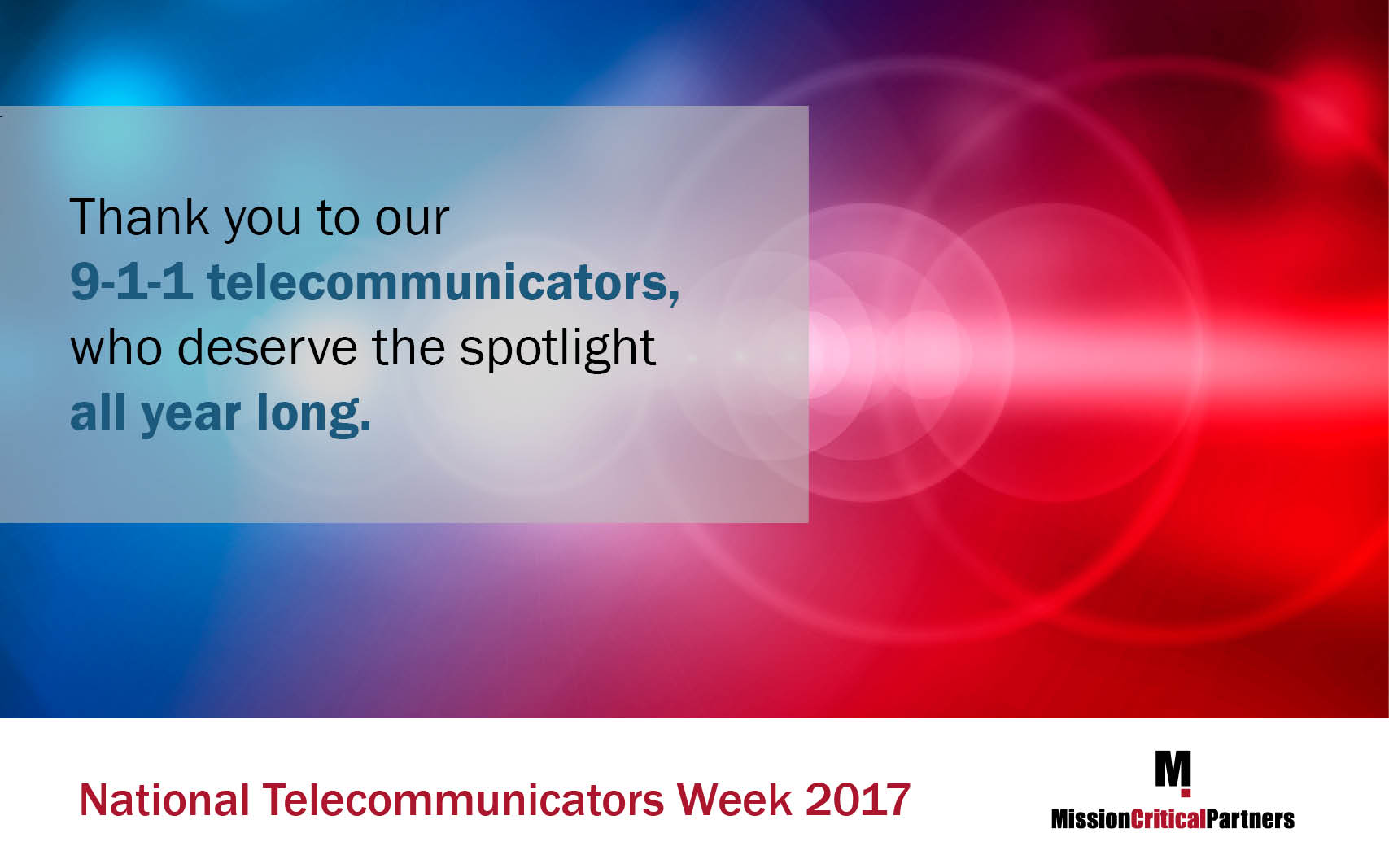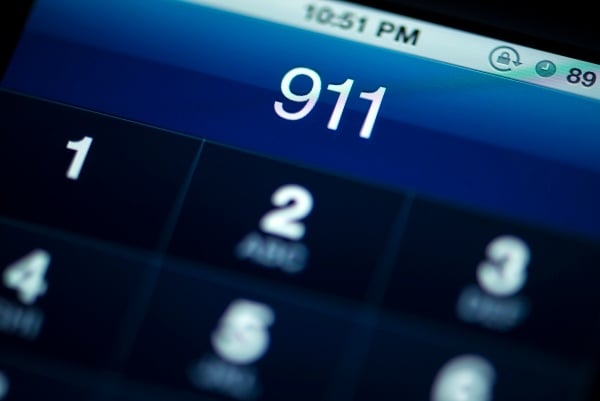Swatting, the practice of falsely reporting an emergency to elicit a response from a police department’s special weapons and tactics (SWAT) team, is not a new phenomenon for the 911 community.
What is new is that a death has occurred as a result of a swatting incident.
On December 28, 2017, a dispute between online gamers turned ugly. Media reports say that one group, seeking retribution for some perceived wrongdoing, contacted a known swatter in Los Angeles and convinced him to act on their behalf. The swatter placed a call, spoofing his telephone number, to an administrative line at city hall in Wichita, Kansas, and a security guard transferred the call to 911. The caller told the 911 telecommunicator that he had shot his father in the head, was holding his mother and sister at gunpoint, had doused the house with gasoline, and was contemplating setting the building ablaze.
The telecommunicator dispatched a police response to the address provided by the caller. When police arrived, a 27-year-old man answered the door, and immediately was told to raise his hands and walk toward the officers. Regrettably, he lowered his hands to his waist, and an officer found the action threatening enough to fire a single shot at the man, killing him.
When one stops to mull this for a moment, especially considering the type of response that is dispatched to such incidents, it seems amazing that a swatting death has not happened before.
As if this event wasn’t tragic enough, the man had nothing to do with the online gaming dispute. In fact, he reportedly wasn’t a gamer at all—the swatter had provided a wrong address for the actual swatting target.












